What Windows Lite means for the future of Microsoft
Can a new OS save the company's consumer tech ambitions?

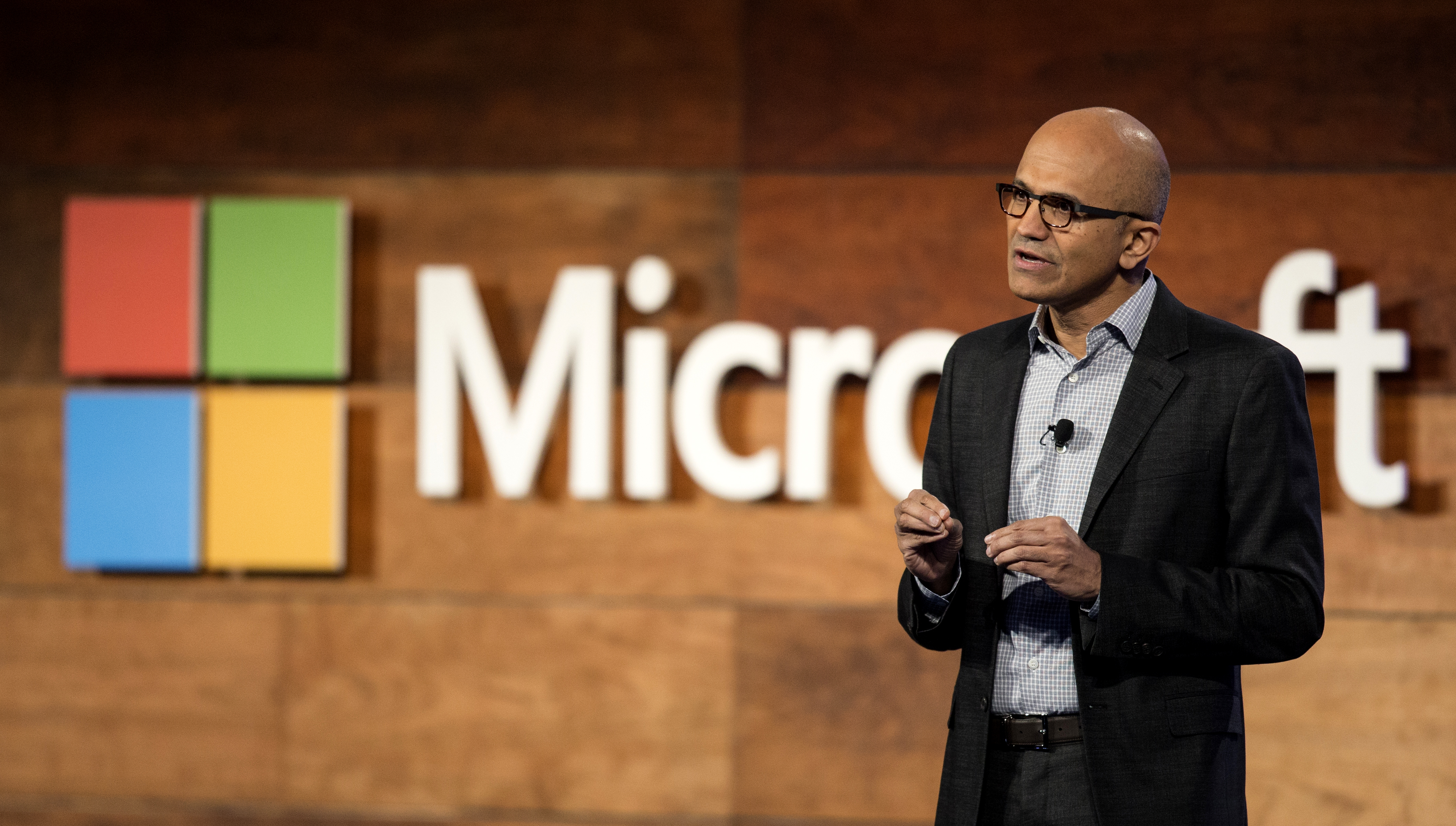
These days, Microsoft is something of a puzzle. On the one hand, news that it briefly eclipsed Apple as the most valuable company in the world capped what has been a remarkable turnaround. If for a while Microsoft seemed on the verge of a decline when it missed the shift to mobile, under CEO Satya Nadella the company has hit its stride again, establishing a large cloud business, growing its flagship Office product, and, remarkably, even offering the best email client for the iPhone.
At the same time, Microsoft's status as a consumer tech company is murky at best. True, its Surface line of hybrids and laptops is growing both in reputation and sales. But Windows 10, which once promised to meld the best of old and new Windows, seems to have stagnated, seeming more like an albatross than the future of operating systems. Meanwhile, other consumer projects have been canceled, and voice assistant Cortana has seemingly been abandoned.
But recent news might just offer some clarity: It seems Microsoft isn't going to abandon the consumer market, but will instead dive right in, discarding the dead weight of legacy Windows to create something new.
The Week
Escape your echo chamber. Get the facts behind the news, plus analysis from multiple perspectives.

Sign up for The Week's Free Newsletters
From our morning news briefing to a weekly Good News Newsletter, get the best of The Week delivered directly to your inbox.
From our morning news briefing to a weekly Good News Newsletter, get the best of The Week delivered directly to your inbox.
Microsoft enthusiast Brad Sams writes at Petri that Microsoft is working on a new version of an operating system called Windows Lite. As the name suggests, Windows Lite will be lightweight, fast, and devoid of the cruft of Windows' decades-long legacy. The move hints at Microsoft's consumer ambitions to shift toward the cloud and to re-enter the mobile space. But for Microsoft to succeed, it will have to learn from its past mistakes.
A change for Windows is absolutely necessary. Despite the success Microsoft has had with its Surface line, Windows 10 is beginning to hold it back. The operating system still contains code from decades ago, in part because Microsoft's many corporate clients still need compatibility with old software. As a result, Windows 10 is not only weighed down and bloated, it is also ill-suited to the mobile world. For example, Microsoft tried to pitch the Surface Go tablet as a superior competitor to the iPad, but thanks to Windows 10, it actually is slower and has poorer battery life than Apple's devices. A great idea, hamstrung by the limitations of the OS.
As such, Windows Lite seems promising. It has a new interface and only runs apps from the Microsoft Store. It will also run on a variety of hardware, including ARM processors, which are the kinds of chips in phones and tablets that offer better battery life and instant-on capability.
The initial aim seems to be to take on Google's Chromebooks. But more long-term, it appears this is part of a broader shift toward an entirely new version of Windows based on a tech called Core OS that tries to build a modern operating system from the ground up.
A free daily email with the biggest news stories of the day – and the best features from TheWeek.com
The benefits should be clear: In creating a slim, fast OS, Microsoft can finally offer a viable competitor, not only to Chromebooks, but also to Apple's iPad. Plus, if Microsoft can at finally push a successful, mainstream device that uses the Microsoft Store, developers may at last start making apps for Windows.
But for any kind of success to happen, Microsoft needs to not repeat the mistakes of the past. The company must have its own key software, such as Office and related apps, ready to go and performing well on the new OS. It also needs some key developers on board, and the hints that Google is helping to build a version of Chrome for Windows on ARM is a good sign. Microsoft also needs a killer piece of hardware with few if any compromises to sell the new paradigm — specifically, a very thin and light tablet hybrid that has battery life far in excess of what is considered normal today.
Most of all, Microsoft must make this vision appealing to consumers and cement its position as an end-user brand. Among Microsoft fans (they do exist!), the word "soon" has become something of a running joke — they've long been teased with the idea that, just around the corner, all the pieces for success will fall into place. Instead of constantly pointing to whatever is coming around the corner, Microsoft needs to launch its new OS with all the pieces in place — hardware, software, apps, and marketing. Without that kind of solid execution, confusion will take hold among customers, and the company's ambitions for the consumer market may well disappear.
Navneet Alang is a technology and culture writer based out of Toronto. His work has appeared in The Atlantic, New Republic, Globe and Mail, and Hazlitt.
-
 7 bars with comforting cocktails and great hospitality
7 bars with comforting cocktails and great hospitalitythe week recommends Winter is a fine time for going out and drinking up
-
 7 recipes that meet you wherever you are during winter
7 recipes that meet you wherever you are during winterthe week recommends Low-key January and decadent holiday eating are all accounted for
-
 Nine best TV shows of the year
Nine best TV shows of the yearThe Week Recommends From Adolescence to Amandaland
-
 The pros and cons of noncompete agreements
The pros and cons of noncompete agreementsThe Explainer The FTC wants to ban companies from binding their employees with noncompete agreements. Who would this benefit, and who would it hurt?
-
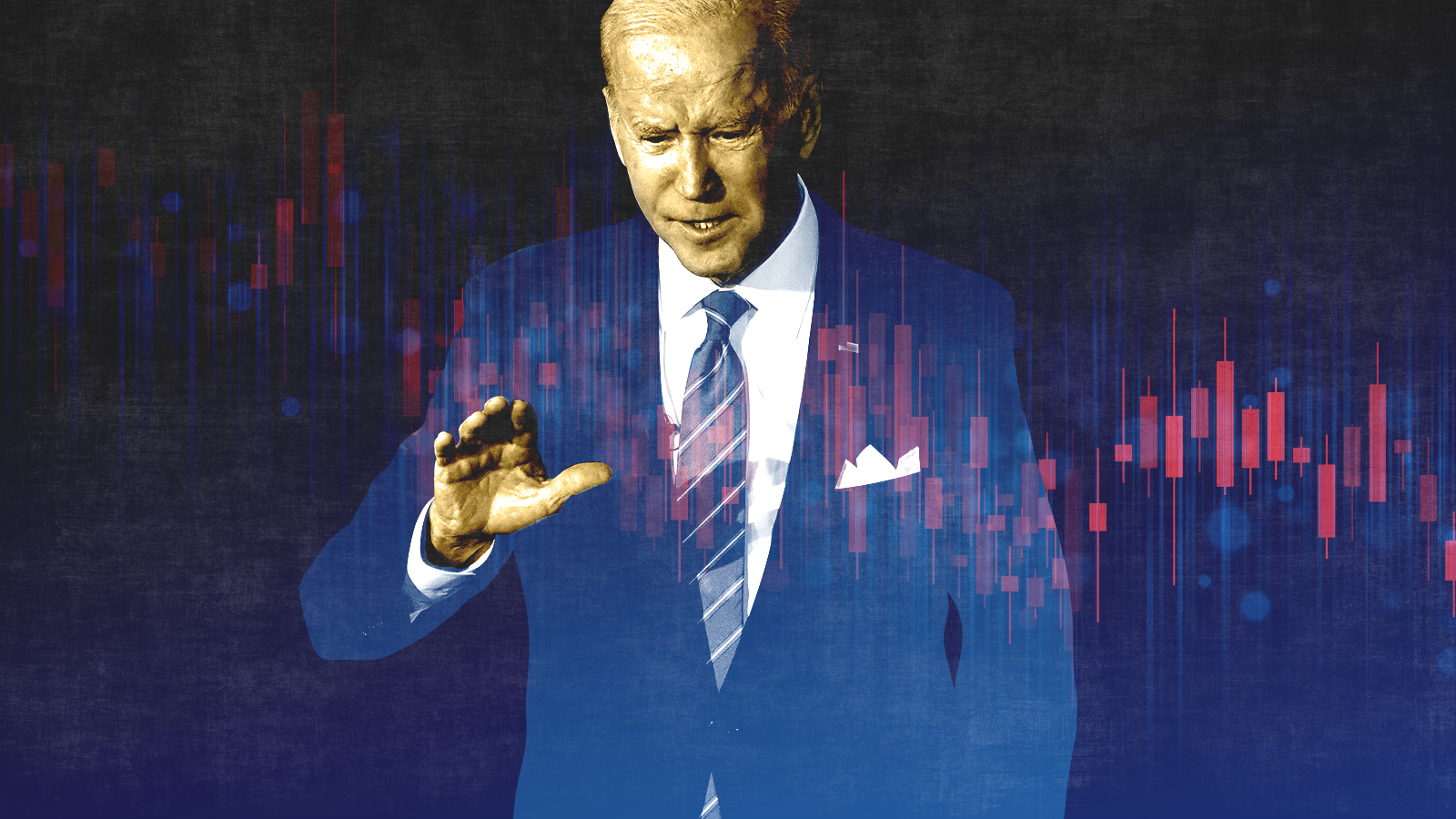 What experts are saying about the economy's surprise contraction
What experts are saying about the economy's surprise contractionThe Explainer The sharpest opinions on the debate from around the web
-
 The death of cities was greatly exaggerated
The death of cities was greatly exaggeratedThe Explainer Why the pandemic predictions about urban flight were wrong
-
 The housing crisis is here
The housing crisis is hereThe Explainer As the pandemic takes its toll, renters face eviction even as buyers are bidding higher
-
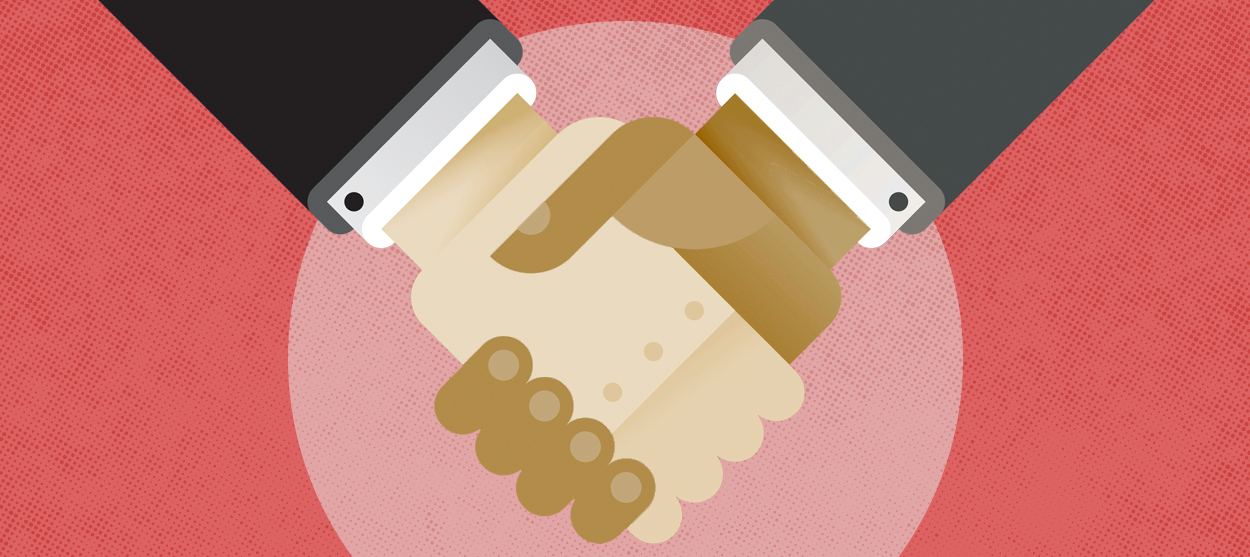 How to be an ally to marginalized coworkers
How to be an ally to marginalized coworkersThe Explainer Show up for your colleagues by showing that you see them and their struggles
-
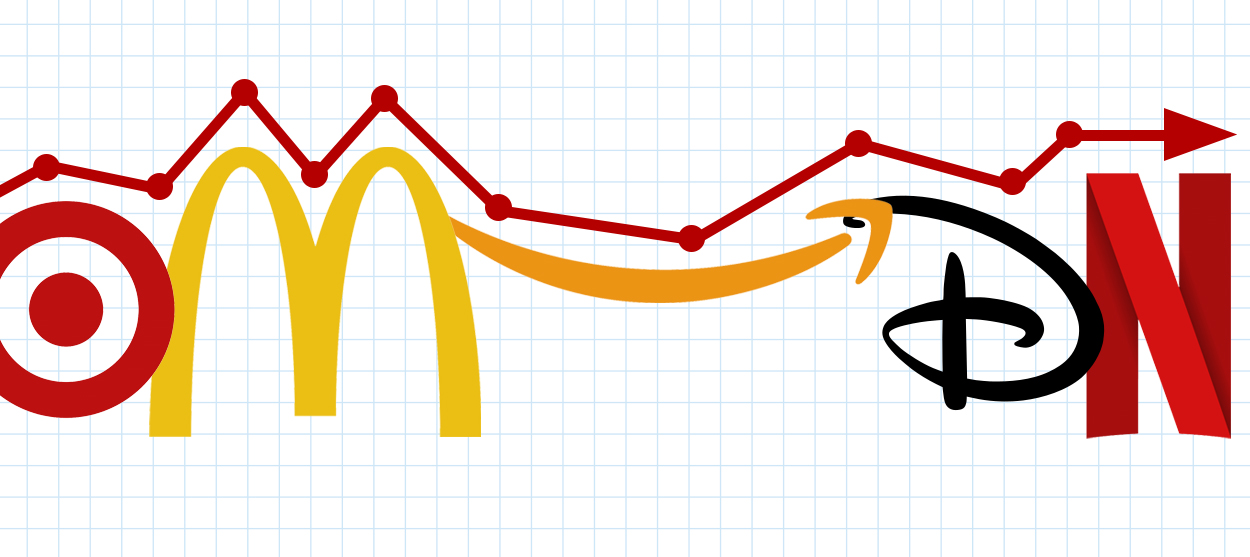 What the stock market knows
What the stock market knowsThe Explainer Publicly traded companies are going to wallop small businesses
-
 Can the government save small businesses?
Can the government save small businesses?The Explainer Many are fighting for a fair share of the coronavirus rescue package
-
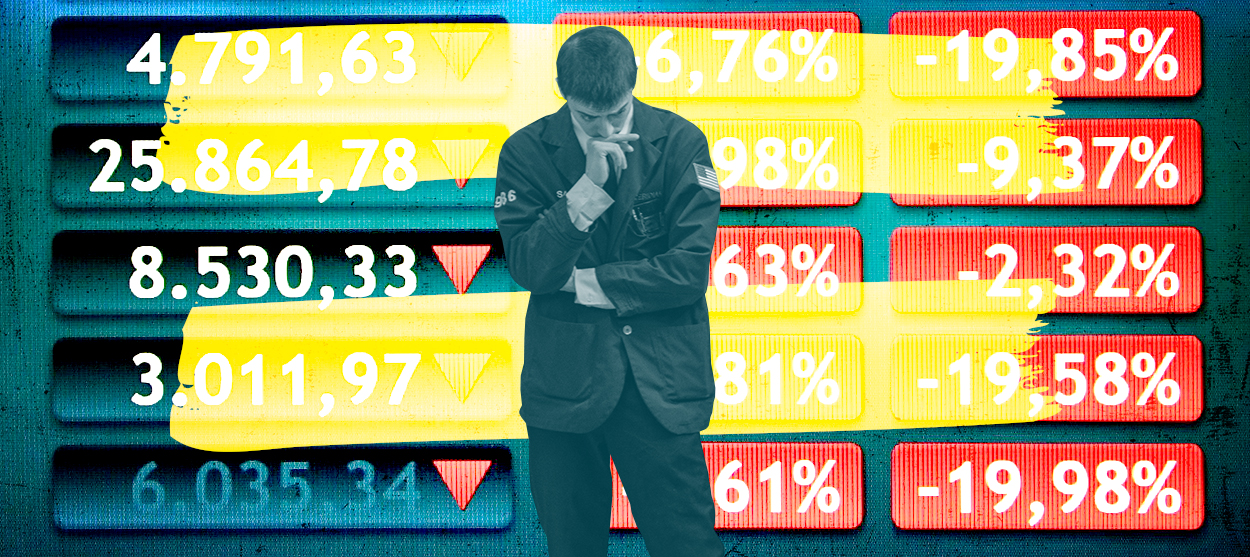 How the oil crash could turn into a much bigger economic shock
How the oil crash could turn into a much bigger economic shockThe Explainer This could be a huge problem for the entire economy
